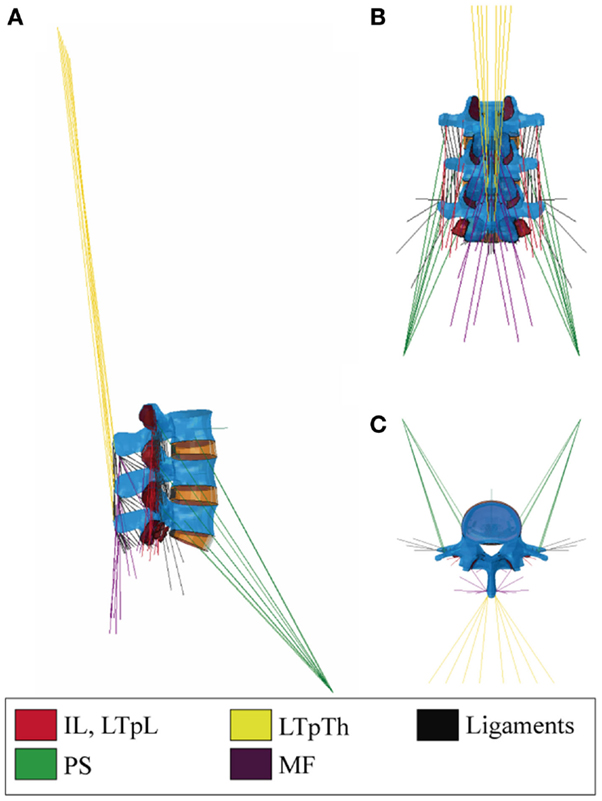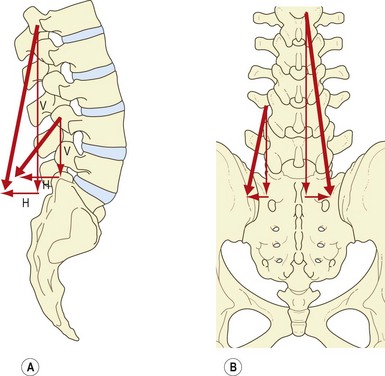- “Shame cannot survive being spoken...and met with empathy” -Brene Brown
I recently listened to Brene Brown’s The Power of Vulnerability. I was hesitant at first. It seemed like a self-help book about the latest pop-psychology trend. Plus, I had watched the TED talk and thought it was suffice for the subject.However, I quickly learned that my prejudgements couldn’t have been more wrong. By the time I finished the book I had a new perspective on vulnerability, learned things about myself I didn’t want to know, and developed new skills to cultivate compassion and empathy for others.One of the greatest aspects of her teachings is the practical anecdotes she uses to back up her research findings. She doesn’t cite her research in a dry, abstracted manner. She provides personal, real life examples that bring the qualitative analysis to life. These stories not only help to reiterate her points, but they provide a path to follow in your own life.Overall I think Brene Brown’s work offers a valuable perspective for everyone. More specifically, I think it is a must listen for those treating people who are suffering and in pain. The obvious reason being that it will help to improve your compassion and empathy towards the person you are trying to help. The less obvious reason being that it will improve your compassion and empathy towards yourself. Sometimes the flashlight needs to point inward. Much like how a psychologist must be analyzed to make sure they are aware of their own projections and biases, I think practitioners need to be aware of their own vulnerabilities before trying to help others.Here are some of her definitions in case you’re wondering what the hell I’m talking about...Dr. Brown definitions:
Shame is ”the intensely painful feeling or experience of believing that we are flawed and therefore unworthy of love and belonging – something we’ve experienced, done, or failed to do makes us unworthy of connection.”
“Shame is a focus on self, guilt is a focus on behavior. Shame is, "I am bad." Guilt is, "I did something bad."
Vulnerability is “uncertainty, risk and emotional exposure”. It “sounds like truth and feels like courage. Truth and courage aren't always comfortable, but they're never weakness.”
Empathy is feeling with people (great 2 minute video with Brene Brown)
“It’s rare than an empathic response starts with ‘at least’”
“Rarely can a response make something better. What makes something better is a connection.”

Other articles, videos, thoughts and collections on the subject:
1) When discussing vulnerability, it is imperative to be able to see the other person’s facial expressions and make eye contact. There’s nothing more healing than being able to communicate vulnerability and receive a genuine facial gesture of empathy. Because you don’t need to have an answer for them. You just need to show them that they’re heard and understood. Maybe this is why there are so many mental health and shame issues in today’s social media world?2) Here’s a massive collection of empathy related material.3) Use the ladder of inference to rethink thinking and develop compassion4) Here’s a nice article summarizing some of Brown’s work
“I talk about shame as these gremlins that fuel two primary messages: “You’re not good enough,” and “Who do you think you are?” These shame gremlins are right there when you are thinking of doing something that makes you feel vulnerable, whether it’s putting a new idea out there, negotiating a raise, or speaking out against something that is unfair. Shame is the thing that says, “Hey, keep quiet. You’re not smart/good/informed enough. No one will like you if you say that.””
5) “All men are brothers and love is mankind’s most potent weapon for personal and social transformation” -Martin Luther King Jr (read this book)6) Love really is the answer. Oxytocin levels are related to empathy.7) More prosocial (empathy, agreeableness, trust, perspective taking, helping, etc.) behavior through experiencing the beauty of nature. “Beautiful nature promotes greater prosociality for those who perceive natural beauty.” #GetOutside8) Empathy is a great predictor of clinical outcomes9) Self-awareness is a prerequisite to empathy10) It’s not about being right or changing beliefs. It’s about listening to their story and understanding.11) “Compassion recognizes the suffering of another as a reflection of our own pain. Compassion is shared suffering.” -Jack Kornfield12) Daniel Goleman’s 3 Kinds of Empathy
Cognitive Empathy - “simply knowing how the other person feels and what they might be thinking. Sometimes called perspective-taking, this kind of empathy can help in, say, a negotiation or in motivating people”
Emotional Empathy - “when you feel physically along with the other person, as though their emotions were contagious.”
Compassionate Empathy - “With this kind of empathy we not only understand a person’s predicament and feel with them, but are spontaneously moved to help, if needed.”
13) Rule #1 = people need to feel validated14) “Treat everyone you meet like God in drag” -Ram Dass15) Read Theresa Wiseman’s article on empathy:
3 Components of Empathy
1. Affective (sensitivity)
2. Cognitive (observation and mental processing)
3. Communicative (helper’s response)
“Rogers (1957) states that bemg understood is the most basic human need, and it is only by being understood and accepted that individuals are able to change and grow”
“Communication of understanding seems vital if empathy is to be felt”
5 Defining Attributes of Empathy
1. Ability to listen
2. Seeing the world as others see it
3. Non-judgemental
4. Understanding another’s feelings
5. Communicate the understanding
For Empathy to Occur
1. Interaction involving the communication of a feeling
2. Listening on both sides, one to the feelings and thoughts of the ‘empathee’ and the other to empathy being conveyed
“The consequences of an empathic interaction is that 'empathees' have a basic need to be understood satisfied, they feel valued and more ready to understand themselves and change”
The main reason I do this blog is to share knowledge and to help people become better clinicians/coaches. I want our profession to grow and for our patients to have better outcomes. Regardless of your specific title (PT, Chiro, Trainer, Coach, etc.), we all have the same goal of trying to empower people to fix their problems through movement. I hope the content of this website helps you in doing so.If you enjoyed it and found it helpful, please share it with your peers. And if you are feeling generous, please make a donation to help me run this website. Any amount you can afford is greatly appreciated.
[subscribe2]
 (
(





